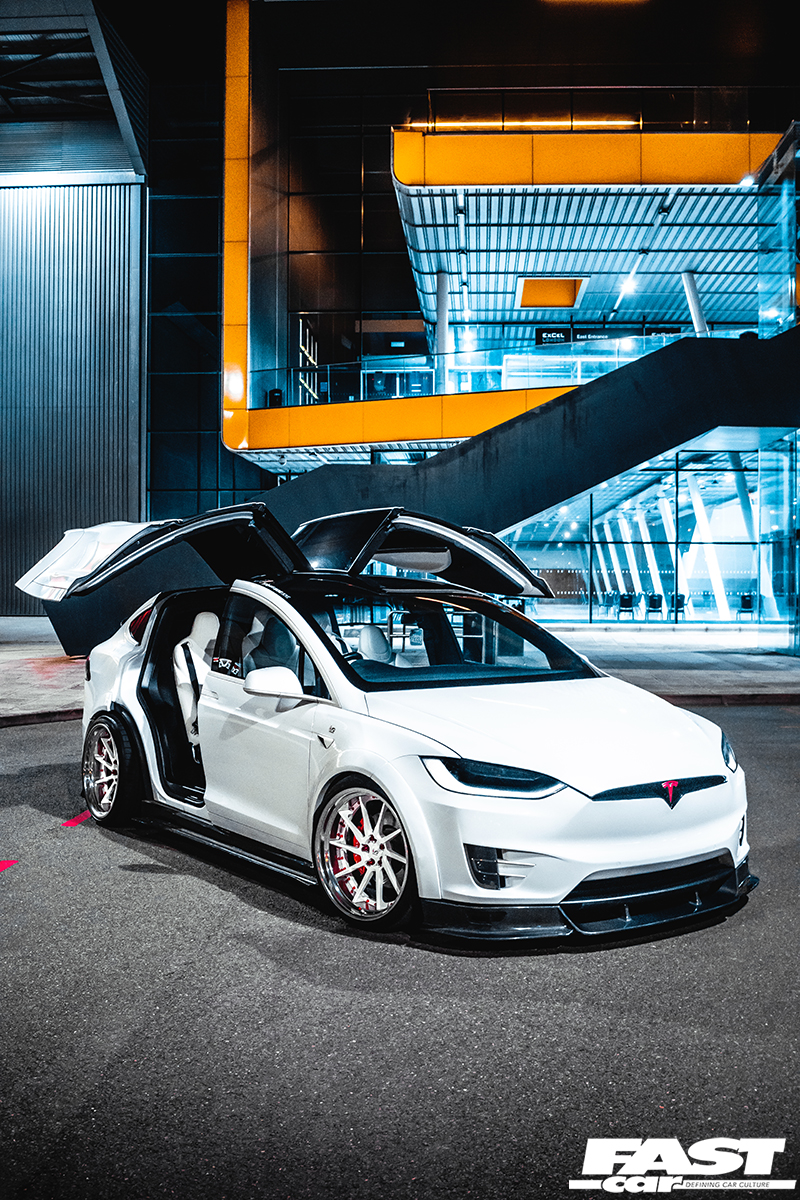While some people think EVs will cause the death of the modified car scene, in reality that’s not the case at all, as we show you how to modify an electric car.
As we’re sure everyone knows, there’s a lot of hate towards EVs from a lot of the car community, maybe none more so than from the modified car world. Such people say that EVs will kill the modification scene as you can’t easily modify them, nor do they have any individuality. But in reality, that’s just not true. The simple fact is they work much like any other vehicle, just with electric motors rather than an internal combustion engine; and even this doesn’t prevent performance modifications.
The absolutely wild EV concept and race cars in existence gives a pretty clear vision that the modification world will still be going strong even with the rise of electric vehicles, and this feature is a guide to show you how to modify an electric car.
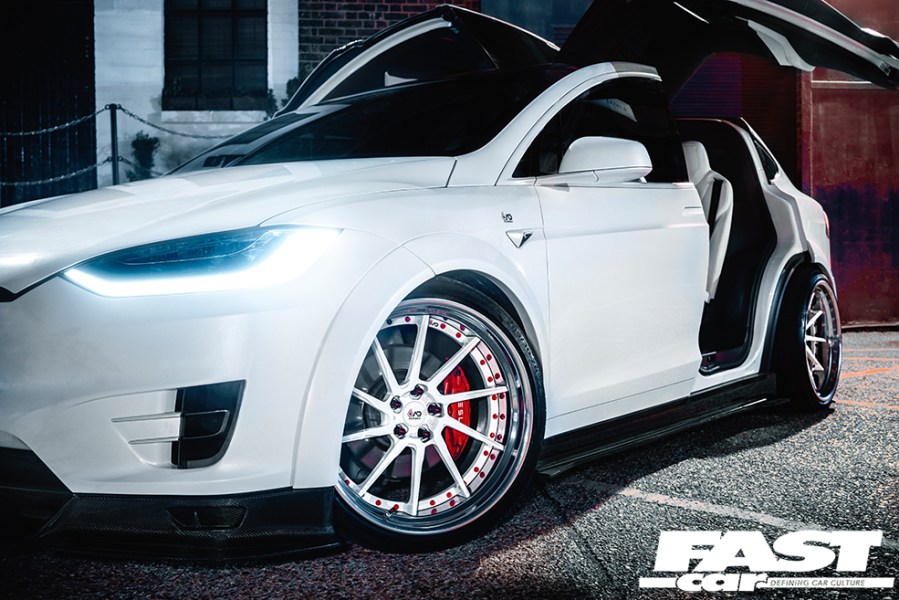
Wheels and tires
The most common modification for any vehicle is upgrading from the standard wheels and tires. This is no different when it comes to EVs. Fitment-wise they all share the same PCDs as the non-EVs from the same manufacturer. Even electric-only brands like Tesla use common PCDs, with the Model S and X using 5×120, which is the same as BMW. While the Model 3 and Y using 5×114, which is the common Japanese performance car PCD. Because of this, picking wheel upgrades for these vehicles are no problem at all.
When it comes to tires, the only thing to bear in mind is many EVs have Eco-tires as standard, which while they tend to have less rolling resistance and noise than regular tires, aren’t exactly the last word in grip. If maximum cornering speed is your goal, upgrading to high performance tires is often more beneficial than it is on a conventional vehicle. In the case of the electric Mini, for example, it not only runs on an eco-tire, but it also features run-flat capability. Therefore, an upgrade in tire performance transforms the cars handling and acceleration in pretty much all weather conditions.
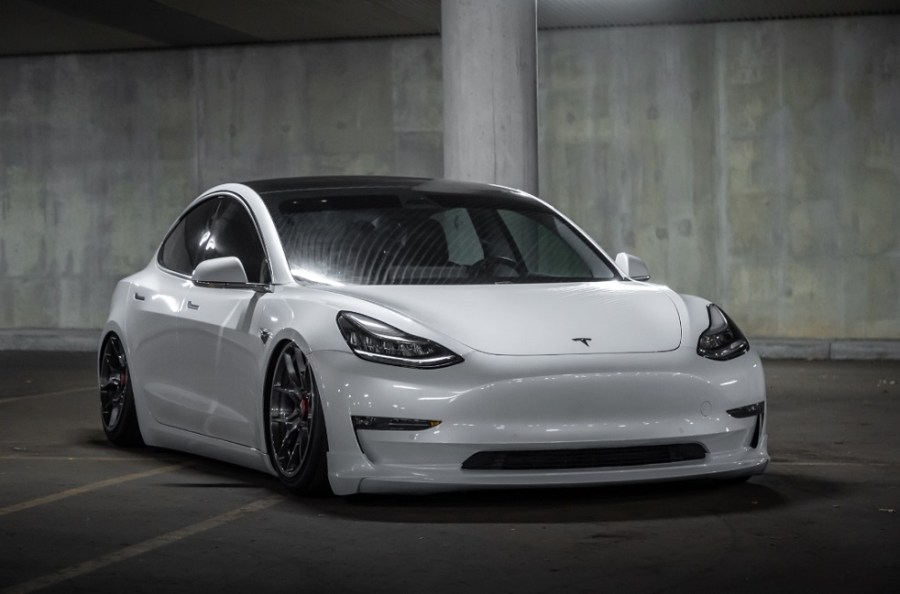
Electric car suspension upgrades
Suspension on electric cars is, unsurprisingly, conventional, and on many of the more popular EVs there’s already uprated suspension available. KW, for example, produce V3 coilovers for the VW ID3; RacingLine do a strut brace for the same car, and unsurprisingly as they’re by far the most common EV worldwide, Teslas are very well catered for with various suspension kits. This includes full air-ride kits from the likes of Air Lift, track focused race suspension, and strut braces.
Just like any other vehicle, companies only tend to develop off-the-shelf upgrades when there is demand for it. However, even if your EV doesn’t have blossoming aftermarket support, the suspension designs are usually very similar to other models. Therefore, custom setups or kits adapted off other vehicles are no more of an issue than they are with any other car.
Be sure to check out the best car suspension brands in 2023 for some inspiration.

Brakes modifications on an electric car
Factory brakes on many EVs are pretty large for their performance. This is due to the heavy weight rather than particularly outstanding braking performance. Like any other car, you can modify them. While most EVs have some kind of regenerative braking function, that’s done by the motor itself and is unrelated to the conventional brakes. This leaves them free to be modified as you wish.
Once again, with Tesla being the most popular performance electric car means they’re very well catered for, with a wide variety of big brake kits, uprated pads, and even brake cooling ducts available. That’s not to say other brands are ignored, with many companies like EBC, for example, producing uprated pads for the ID3. Thanks to many EVs sharing their brakes with non-EVs from the same manufacturer, there’s usually some bigger or upgraded brake solution to an EV even if they’re not officially advertised as so…
Looking or inspiration? We’ve got a guide to the best brake pads and rotors in 2023, as well as the best big brake kits.
How to modify the exterior of an electric car
We’re sure you don’t need us to tell you that doing body modifications to EVs is no different to any other car, but as modified EVs aren’t exactly common yet, you may be surprised to hear there’s a fair few off the shelf body mods for EVs already.
Once again it’s Teslas that have the biggest variety of bodykits, splitters, and spoilers, but surprisingly Kia EVs are well catered for too, with the Soul EV and EV6 both having kits, splitters, and spoilers available for them. As we all know though, modified cars are all about originality, so creating custom bodywork, either adapted from other vehicles or designed from scratch, is still the way to go if you truly want to look unique.
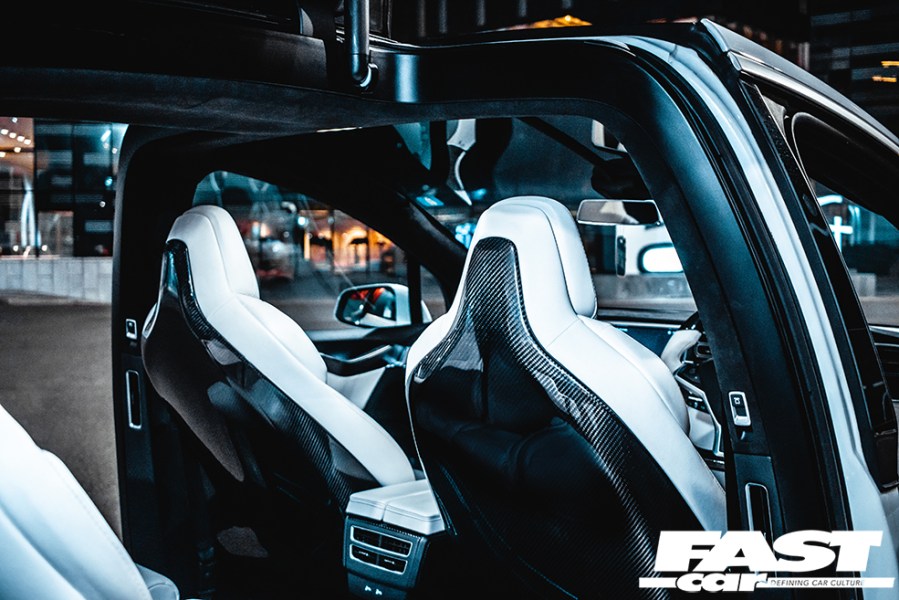
Interior upgrades
While many EV interiors look very futuristic and better than most conventional cars even after their interiors have been modified, that’s not to say you can’t or shouldn’t modify them, as everything can be improved. Most of the changes are conventional, such as fitting aftermarket seats, custom retrims, and so on, and once again Teslas are best catered for here, with Tesla specific seat rails, Tesla branded bucket seats including plaid trimmed ones for the, you guessed it, Plaid, and even bolt-in roll cages, but minor interior upgrades such as carbon trim parts available for a number of other EVs too.
One thing that’s relatively EV specific when it comes to interior mods is the fact many of them have large touch-screen displays from which you control the vast majority of the cars functions. Thankfully for us modifiers, a number of popular EVs have already had their software cracked, allowing a massive variety of custom changes to the electronic systems on these cars, which of course includes what you can do, or indeed display, on the interior touch screen.
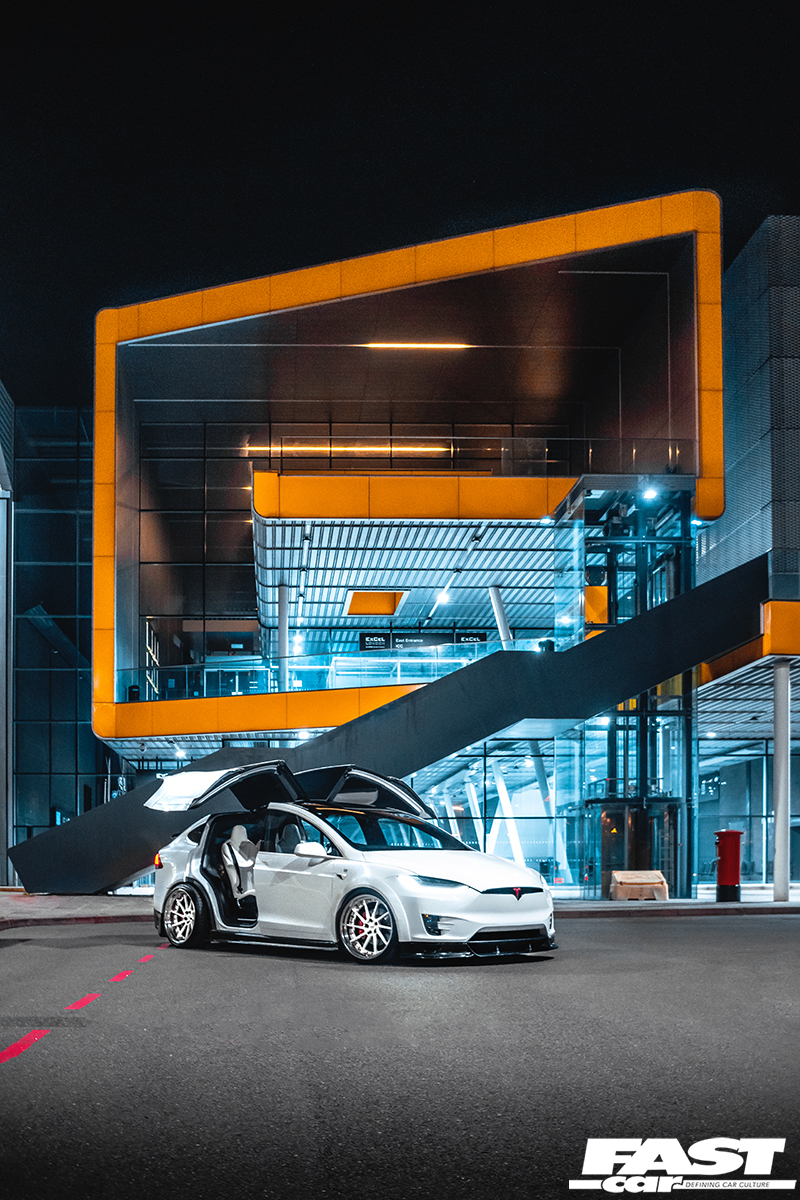
How to modify an electric car for more power
While currently one of the least modified parts of most EVs, ironically the cars motor and battery system have absolutely huge modification potential. Ignoring hardcore changes like more powerful motors and batteries, provided you had the software and hardware to access the ECUs that control the EV, there’s almost unlimited changes you could make. Most EVs are designed to be easy to drive, have good range, and of course live a long life, but just like internal combustion engines, a remapped EV could potentially have massive performance increases once these artificial limits that the factory would’ve added are removed…
For more info on this, check out our guide to electric car tuning!

